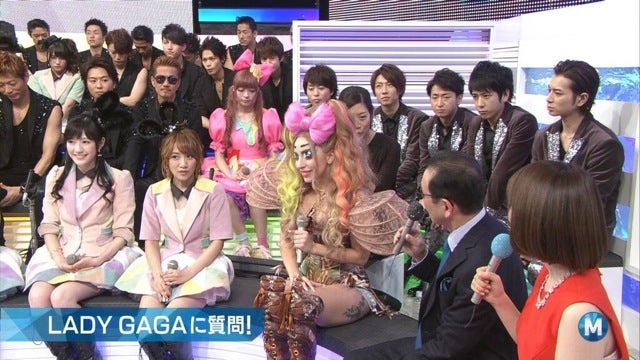Christina Nguyen
Blog #4
After four weeks of the
Go Green compact challenge, I am happy to say that stuck with the rules and did
not break. In the last week of the challenge, I ventured into the Aggie Reuse
Store that is located in the Memorial Union. I was enticed by the rack of
clothing that sat outside the store. Inside, one can find a range of items
include arts and crafts, clothing, accessories, supplies, and more. I was
surprised by the about the variety of items in the store. If I had more time, I
would love to do arts and craft projects like I used to when I was younger. If I
do, I would definitely come here to pick up random trinkets to make jewelry or
various embellishments that I could add to my clothing. In the store, they had
a section of both men’s and women’s clothing. While it was the clothing on the
rack that drew me to the store, I found myself uninterested to look through the
clothing. It was then that I realized that I felt this way because I knew that
I did need anything. Furthermore, I had gone these past weeks without
purchasing clothing (new or second-hand). After spending time looking through
the store’s collection of trinkets, I left with a stack of black cards and a
Klean Kanteen water bottle that I purchased for a total of 50 cents. I will
definitely be coming by again as a way to distress on a budget!
Clothing Section in the
Aggie Reuse Store
Before thrift shopping
became a socially accepted and “cool” trend, I used to be extremely ashamed
that my family and I would get clothing from stores like Salvation Army and
Goodwill. When I was in elementary school, I remember always feeling out of
place and wanting to be like the other girls in my class. I would try to use
fashion as a way to fit in. But of course that did not work because I did not
have the “cool” clothes like the other kids. I had the hand-me-downs from my
older sisters or clothes from second hand stores. My mother would dress me up
in outfits and send me to school and make me feel like I had the best clothes
in the world. She taught me to dress well and to be prideful. When I reflect on
my childhood, I am happy that I experienced this because it has taught me to be
humble and conscious of my materialistic consumption. However, I cannot lie
when there are days when I feel like my thirfted items are always not as good
than the brand named items that I see being flaunted around me. In these times,
I feel like my fashion becomes an indicator of my status and reflection of my
identity and worth.
This relates to concepts
discussed in Kawamura’s chapter “Adoption and Consumption of Fashion." In
this chapter, she discusses the various ways in which fashion is consumed.
Additionally, she argues that social identity is no longer defined in that same
way as it used to and fashion has everything to do with this. She cites Crane
who states that “the consumption of cultural goods, such as fashionable
clothing, performs an increasingly important role in the construction of
personal identity, while the satisfaction of material needs and the emulation
of superior classes are secondary” (Kawarmura 2005). Before fashion was crucial
to imitation class and privilege of a higher class, but in more contemporary
times it has evolved to signify identity. Despite the pressures to conform to
what is fashionable from magazines and other fashion aggregates, people are
still trying to negotiate and assert their individuality. So how does one
maintain their individuality within fashion in a society that encourages, and
even enforces, conformity?
This is the topic of an
article written by Daisy Goldstein who questions whether individuality is even
possible. In her article, she asks the question: “Is individuality the new
conformity?” Through the personal anecdotes she shares, she notes that everyone
tries to be different and unique in the face of growing conformity but in doing
ends up looking the same. This sentiment is also brought up by Hal Niedzviecki
in his book, Hello, I'm Special. While lots of people consume the same types of
fashion trends and tastes, Goldstein hopes that her “personality, sense of
humor, and way of looking at the world are all exclusive to [her]” (Goldstein
2006). If individuality can be muted through fashion (such as through the
production and diffusion of fashion), is there a chance that even these aspects
can be dictated by fashion and other external factors? We will have to wait and
see what will happen!
Inside Source: Kawamura,
Yuniya. "Adoption and Consumption of Fashion." 2005. Fashion-ology:
An Introduction to Fashion Studies. New York: Berg Publishers.
Outside Source:
Goldstein, Daisy. "Is Individuality the New Conformity?" Is
Individuality the New Conformity? Maisonneuve, 16 Mar. 2006. Web. 15 Mar. 2014.
.









